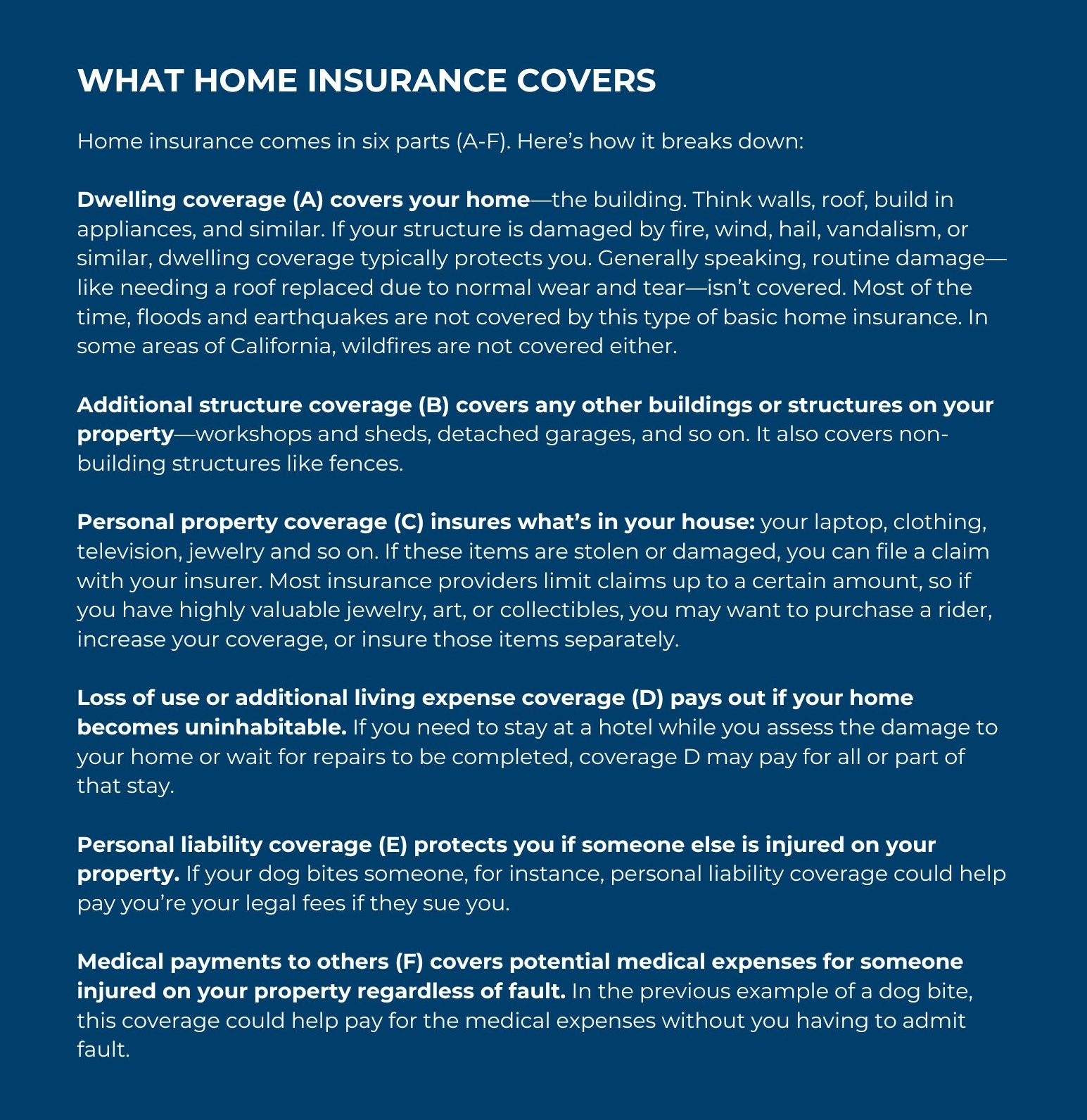Accidents and emergencies can happen to anyone, but natural disasters cause an entirely different type and scale of destruction. Once you’ve ensured that your friends and family are safe, you’ll want to take steps to protect your finances, which includes repairing any damage to your property. Here’s how to go about protecting your assets in the wake of a natural disaster.
If you’re currently going through this process, download our checklist to help you stay organized.
1. Take stock of, and document, the damage.
Do an inventory of your home, car, and any major assets. Check for different types of damage—structural, water, fire, smoke, and similar. If a situation looks unstable or unsafe, you may need to contact emergency services. In an active natural disaster, you’ll likely need to use your discretion as to what constitutes an emergency versus a longer-term problem.
- Make a list of all the damage, in writing.
- Take photos and/or videos when possible.
2. Secure your property.
Take steps to prevent further damage and (if possible) secure your property from outside influence, whether that be the elements, animals, people, and so on. If you haven’t already:
- Secure windows, doors, walls, and roof. You may need to use plywood, cardboard, duct tape, or whatever materials are available.
- Ensure all utilities are off—gas, electric, water, and any others—until a professional can ensure they’re safe to use.
3. Contact your providers.
Once you’re safe, your property is secure, and damages are documented, you’ll need to begin contacting everyone on the paperwork side of things. It’s always good to contact your financial advisor, and they may be able to help, but in particular, you’ll want to reach out to:
- Your mortgage provider, landlord, and/or property manager. This is especially important if the natural disaster may impact your cash flow or ability to make payments. Victims of natural disasters may be entitled to special protections, so make sure you note what is happening and ask what documentation you may need to provide.
- Your insurance provider; you’ll need to file a claim for damage. What that process looks like, and what is or isn’t covered, may vary based on the type of home insurance you have.

4. Apply for assistance.
With natural disasters you may qualify for assistance beyond what’s offered by your standard insurance. To qualify for FEMA disaster relief, you must live in a presidentially declared disaster area. If the natural disaster isn’t federally recognized, you may qualify for state assistance or support from non-governmental organizations.
To apply for FEMA aid, you need to prove your citizenship or similar qualifying status, verify your identity, provide proof of ownership or occupancy, and demonstrate that your financial need hasn’t been met by another source, such as insurance.
Even if you aren’t sure whether you need to apply for assistance, it’s a good idea to contact FEMA early on, as you may need this documentation to help with other aspects of your finances.
Additional organizations that may be able to help with immediate relief (such as food and shelter) or long-term support include:
- S. Department of Labor and the Small Business Administration (for business owners)
- The American Red Cross
- Americares
- Salvation Army
5. Document everything.
You’re probably not thinking about next year’s tax filing as you recover from a natural disaster, but the IRS may provide benefits designed to assist victims of natural disasters. These sometimes include filing extensions or potential deductions tied to damages. State governments may follow suit. Generally speaking, you’ll need to have documentation that you were impacted or lived in an impacted zip code.
Consider keeping a log of phone calls, people you reached out to, documents shared, and similar. Keep your receipts. While you may not need these documents in the future, it’s better to be safe.
Store these documents somewhere secure, particularly if your home or surroundings are still in flux. It’s a good idea to have digital copies—stored securely on the Cloud—to avoid any risks associated with a disaster area.
Quorum clients can use the Vault, the secure, fully-encrypted document storage on our Quorum client portal. If you’ve been impacted by a natural disaster, Quorum may be able to support you through the various steps of recovery.
